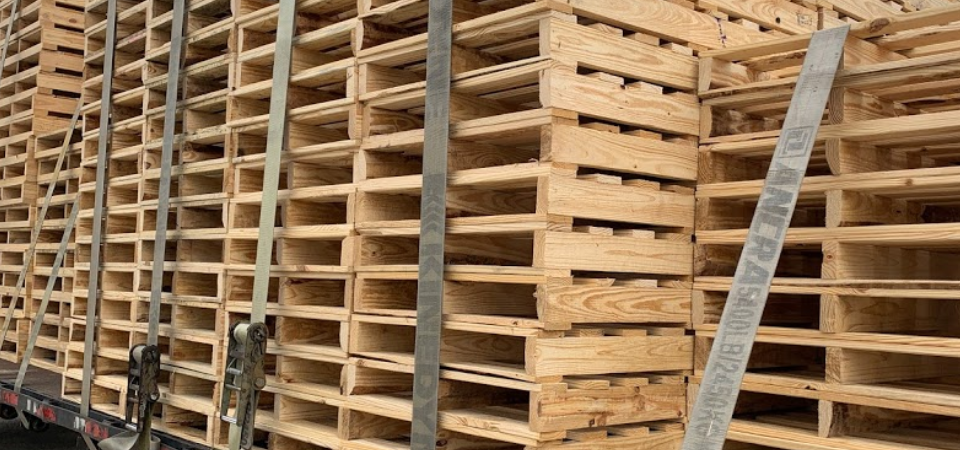There’s nothing more frustrating than having to wait for a product you need only to find that it’s not in stock. For instance, if you’re a wholesaler in the food industry and you don’t have enough food on hand when your customers call for deliveries, then they’ll probably go elsewhere. This can lead to lost sales and missed opportunities for repeat business. The solution is simple: make sure that your warehouse is stocked with enough goods so that there are no delays in delivering products to customers when they need them. Effective pallet management can help ensure this happens by making sure that products aren’t wasted or misplaced during storage or retrieval processes.
The first step in developing an effective pallet management program is to determine how many different types of loads will be handled on your facility’s docks or shipping floors. This can be done by surveying current dock activity or by interviewing existing customers about their typical loads and sizes. Once you know how many different types of loads there are at your facility, then consider what type(s) of containers would be most appropriate for each one: wood; plastic; cardboard; steel (including corrugated); aluminum?
Planning is key to successful pallet management. A good plan will help you avoid unnecessary costs, wasted time and space, and even safety hazards. To create an effective plan for your pallets:
- Determine how many pallets are needed based on the quantity of products being shipped per shipment or per day/week/month/year
- Specify the size and weight of each individual product so that you can determine how many units will fit on each type of pallet (if applicable)
- Consider how long it takes for stock turnover in order for new shipments to arrive at their destination.
Plan Your Pallet System
The first step in creating a pallet management system is to plan for it. You’ll want to create a map and label each area so that employees know where to put new pallets, old ones, damaged ones, etc.
- Create an area for storing new pallets
- Designate an area for storing used pallets
- Designate an area for storing damaged or broken pallets
- Designate another section of your warehouse dedicated exclusively to storing empty wooden shipping crates (this will be used later on)
Implement Your System
Once you’ve determined the best material to use and where to get it, it’s time to implement your system. A good pallet management plan should be easy-to-use, cost-effective and flexible enough so that it can grow with your business as needed.
Conclusion
In conclusion, pallet management is the process of planning, organizing and managing pallets. It begins with the design of a pallet system, continues with its implementation and ends with the evaluation of its effectiveness. The function of pallet management is to make sure that you have enough stock at all times but not too much. However, having enough stock is only one part of efficient pallet management. You also need to ensure that your stock has been stored in an effective way so that it can be retrieved quickly and easily when it’s needed.
Call our experts at (604) 584-4368.




